Luna piena – Romano Lucacchini
Borgo Museo | Sculture 1976 – 2004
ITALIANO | English below
La vita
Parigino di nascita, fiorentino per il resto della vita. Cresce e si forma come scultore a Firenze, dove poi diventa professore all’Accademia delle Belle Arti. “Docente di altissimo profilo umano e culturale, artista e scultore di raffinata sensibilità, personalità illustre.” - così lo ricordano colleghi e amici. Un vero gentleman fiorentino, un uomo simpatico, sempre col sorriso e sempre entusiasta. Uno scultore talentuoso e un ottimo insegnante, sapeva avvicinare e appassionare all’arte chiunque lo ascoltasse. Oltre alla scultura, Lucacchini si dedica molto anche al disegno, preferendo le tecniche a matita e all’acquaforte. Si appassiona poi alla medaglistica, incidendo diverse medaglie in bronzo. Scompare improvvisamente a soli 68 anni nel maggio del 2006, nella sua Firenze.
La poetica
Il nucleo del suo interesse è sempre stato la figura umana, centro del suo universo scultoreo. Forse, più che altro, ha amato comporre e ritrarre in particolare figure femminili. Nell’arte così come nella vita, si è dedicato alla materia umana. Nelle sue opere, ha unito una sapiente tecnica e una grande capacità disegnativa alla rincorsa di un ideale plastico dove la lezione del passato sopravvive ma con uno spirito di fondo anticonformista e una vividezza tipica della reinvenzione moderna. Le opere di Lucacchini esprimono tutte quel forte entusiasmo – per la vita, lo studio, l’arte, l’umanità – che ha caratterizzato il suo passaggio sulla terra.
L’opera a Castagno
La sua scultura realizzata in calcestruzzo e intitolata Luna piena è una voluminosa semisfera in altorilievo che si trova sul muro di un’abitazione, al principio della via maestra che conduce al cuore del paese. Al centro della semisfera, in un incavo, è raffigurato il volto di una donna, veritiero nelle proporzioni e nei dettagli: appare chiara, infatti, la fisionomia di questo volto femminile con le labbra leggermente socchiuse, un naso modesto e capelli sciolti; una ciocca le sfugge passandole vicino l’occhio destro, fuoriuscendo così dalla parte concava e trovando spazio sulla superficie sferica attorno. L’altorilievo, costituito da cemento, è stato realizzato tramite calco, colorando l’impasto definitivo ad imitazione del bronzo. Si può dedurre, osservando la superficie, che per effettuare il calco sia stato usato il gesso per la controforma poiché sono visibili i classici “buchini” che avvengono a causa delle bolle d’aria che si formano durante l’indurimento. Il gesso è visibile sulla facciata di Casa Paloscia alla Vigna (Castagno), segno dell’amicizia tra l’artista Romano Lucacchini ed il critico d’arte Tommaso Paloscia (fondatore del Museo all’aperto di Castagno). Una curiosità: oggi si narra che in paese, nella “Casa delle Fate”, abiti una donna dal volto molto simile se non identico a quello della Luna piena…
Il bozzetto in gesso della Luna piena presente sulla facciata di Casa Paloscia alla Vigna (Castagno)
ENGLISH
Biography
Born in Paris, he lived in Florence for the rest of his life. He grew up in Florence and became a sculptor there before becoming a professor at the Accademia delle Belle Arti where colleagues and friends remember him as a “highly regarded professor, an artist and sculptor of refined sensitivity, a distinguished personality.” A true Florentine gentleman, a friendly man who was always smiling and enthusiastic. A talented sculptor and excellent teacher, he knew how to get anyone who listened to him to appreciate art and become passionate about it. Aside from sculpture, Lucacchini also worked on drawings with a preference for pencil techniques and etching, while later he developed a passion for medal making, engraving several bronze medals. He passed away suddenly in Florence in May 2006 at only 68 years of age.
Philosophy
The human figure has always been at the heart of his interests, the centre of his sculpting universe. Maybe more than anything, he loved creating and drawing female figures in particular. In art, as in life, he was dedicated to the study of humankind. His artwork unites masterly technique with a great drawing ability in search of an ideal model where lessons from the past survive alongside a non-conformist spirit and a vividness typical of of modern reinvention. Lucacchini’s artworks express his enthusiasm for life, studies, art and humanity, the same that characterised his time on earth.
Artwork in Castagno
His concrete sculpture titled “Luna Piena” (Full Moon) is a voluminous hemisphere on the wall of a house at the beginning of the main street leading to the heart of the village. A woman’s face is portrayed in a hollow in the middle of the hemisphere, realistic both for her proportions and details. The shape of this female face appears clearly, with lightly closed lips, a small nose and loose hair, a strand of which wisps away, passing close to her right eye before leaving the concave hollow and finding itself on the outer sphere. The alto-rilievo has been created from cement using a cast and colouring the final mixture to imitate bronze. Looking closely at the surface it can be deduced that a chalk mould was used, since the typical tiny holes caused by air bubbles that form during the setting of the cement are visible. The chalk mould is visible on the wall of Tommaso Paloscia’s house at La Vigna (Castagno), a symbol of the friendship between the artist and the art critic (founder of the Castagno open air museum). It’s said that a woman now living in the “Casa delle Fate” (Fairies’ house) in the village has a very similar, if not identical, face to that of the Luna Piena...


